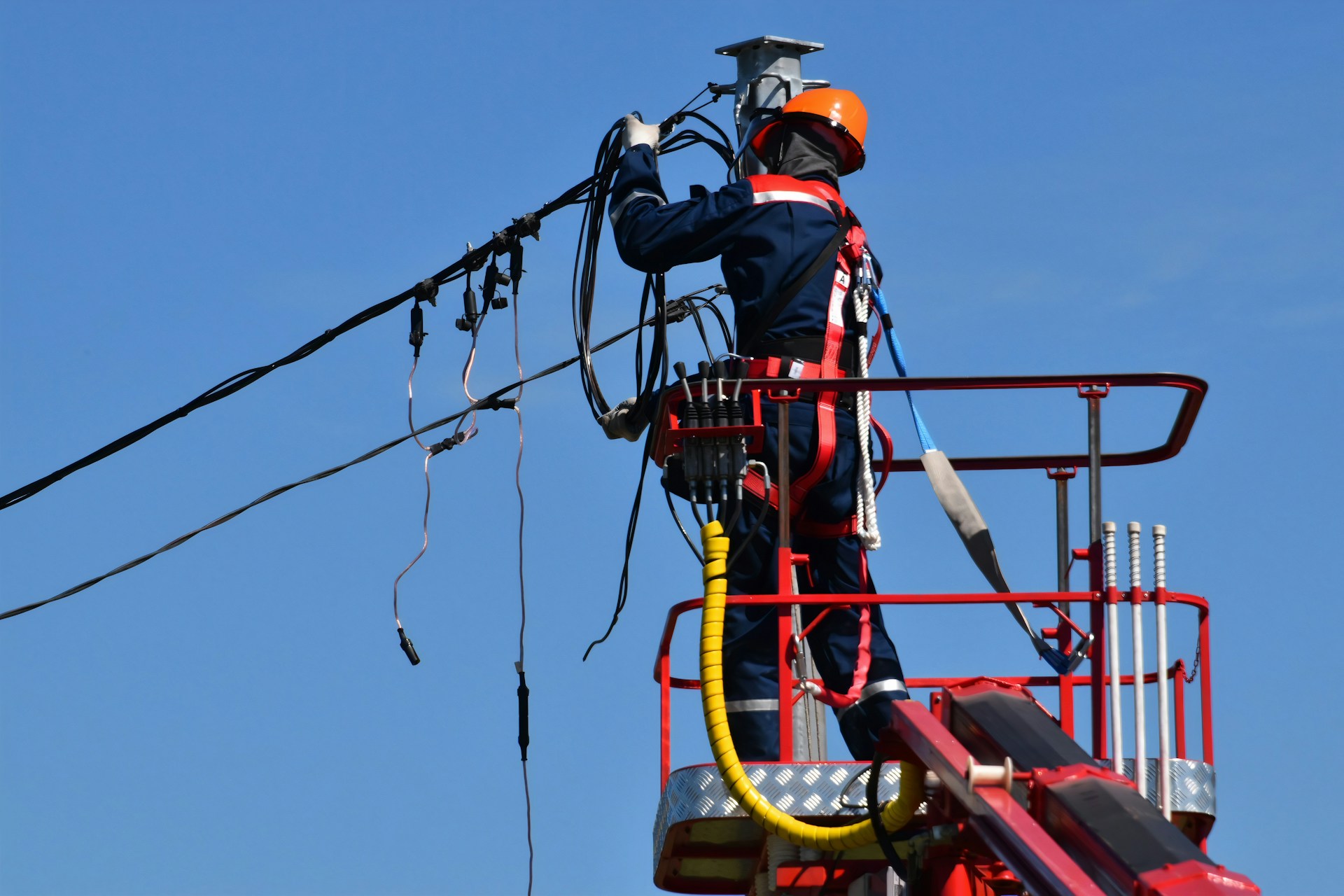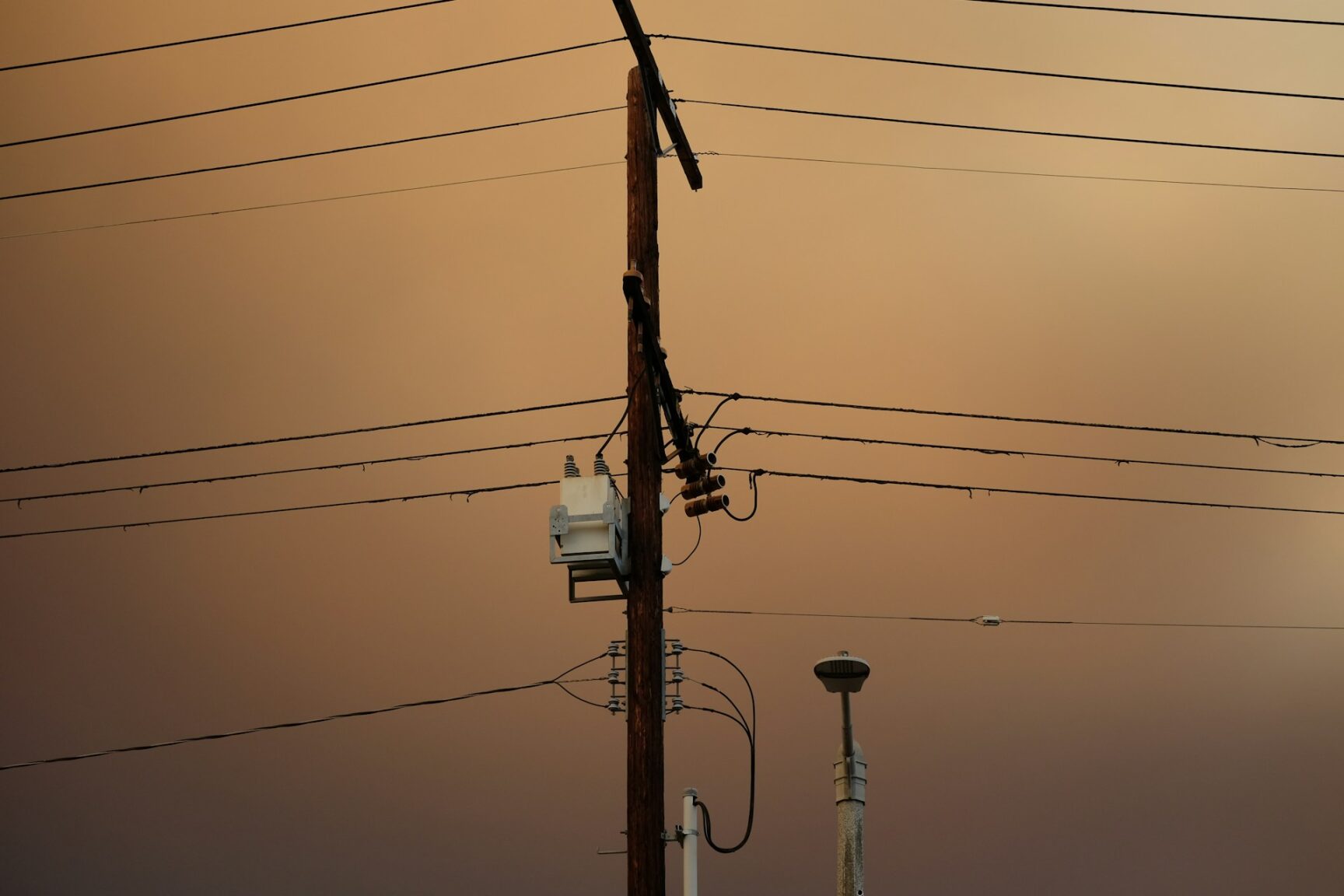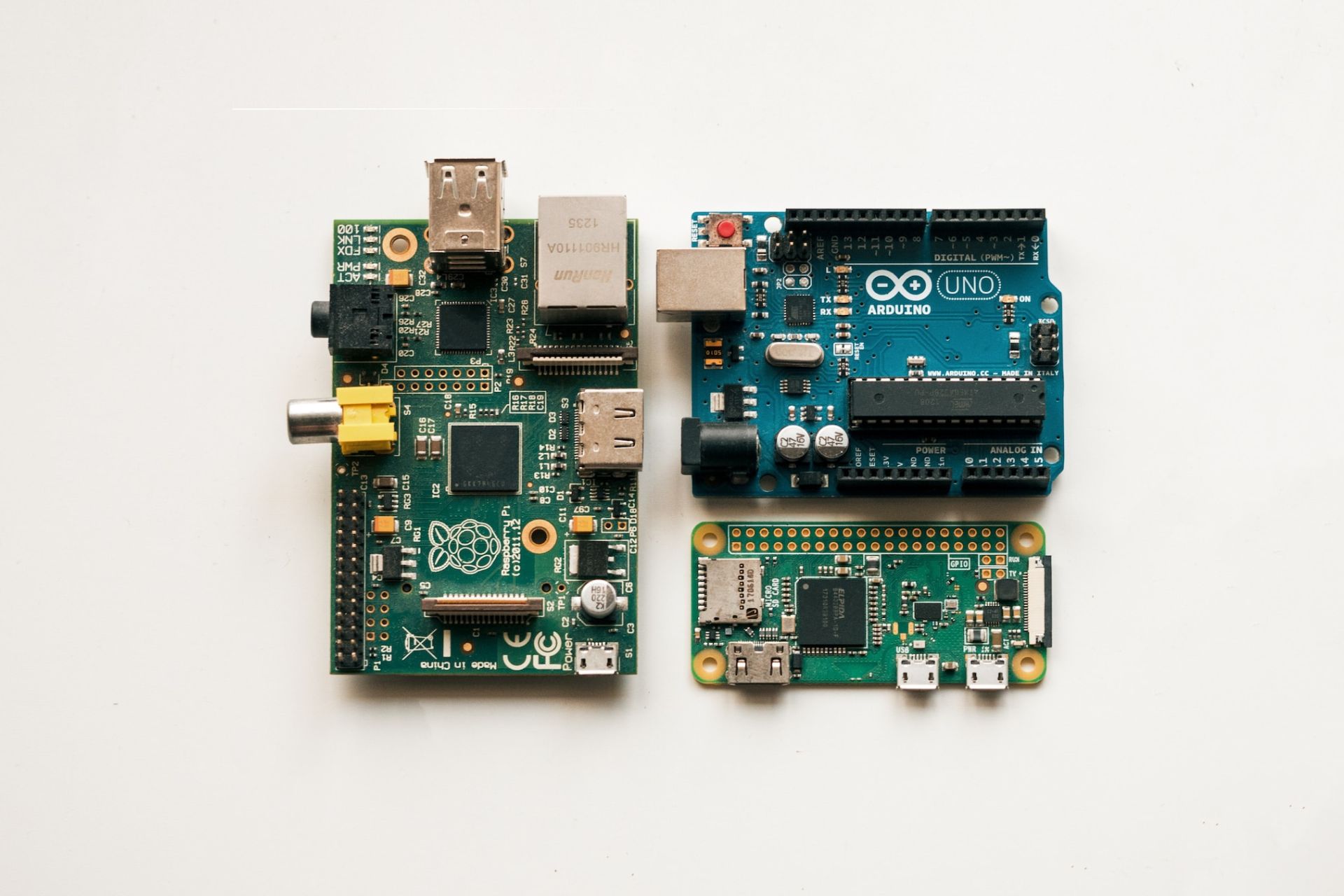
The National Electric Grid Is Ready for Retirement. What Do We Do?
April 10, 2025 - Lou Farrell
Revolutionized is reader-supported. When you buy through links on our site, we may earn an affiliate commission. Learn more here.
The country has made tremendous progress in expanding electric vehicle charging infrastructure and establishing renewable power sources in recent years. Unfortunately, the age of the national electric grid threatens that progress. Brownouts and blackouts could become common by 2026 unless critical equipment is replaced or updated.
The National Electric Grid Is Nearing Retirement
In the United States, the full retirement age is 67. Given that much of the country’s energy infrastructure was built in the 1960s and 1970s, it could retire in a few short years. Concerningly, that observation is not entirely metaphorical.
In 2015, the U.S. Department of Energy found that around 70% of transmission lines were more than 25 years old. As of 2025, they are nearing 40 years old. Their typical end-of-life is 50 to 80 years old, depending on weather and wear, meaning workers must replace them soon.
An Aging Power Grid Is Vulnerable to Attacks
The aging national electric grid is vulnerable to bad actors, potentially jeopardizing the health and well-being of communities nationwide. It may even adversely affect national security, which has long-lasting implications.
Even if individual substations and transmission lines can withstand tampering, mismatches between legacy and modern control systems may make it easier for threat actors to cause far-reaching technical faults. In the event of unplanned downtime, services ranging from wastewater treatment to emergency transportation would be disrupted.

Physical Attacks and Cyberattacks
Grid attacks are not hypothetical. In fact, the number of physical attacks increased by 70% from 2021 to 2022. Surveillance systems or motion-detector-based alarms — state-of-the-art technology many substations and control rooms lack — may have deterred the individuals who vandalized and sabotaged critical electrical equipment.
Cyberattacks against the power grid have been on the rise, too. They more than doubled from 2022 to 2023, going from 30 incidents to over 60. Industry experts suspect state-sponsored cybercriminals are behind attacks on critical infrastructure.
Time Is Running out as Energy Demand Surges
A Reuters analysis of federal data revealed the national electric grid’s age is catching up with it. From 2019 to 2022, power outage frequency more than doubled compared to the previous six years. Even if the country somehow avoids cyberattacks, extreme weather and physical threats, outdated components will still pose issues.
The average American may not realize a problem exists because power outages are relatively short and infrequent on a national scale. However, energy demand is set to skyrocket thanks to data centers powering edge, artificial intelligence and cloud computing technology.
Skyrocketing Energy Demand
The International Energy Agency’s electricity forecast states the world’s energy consumption will reach an estimated 1,000 terawatt-hours (TWh) by 2026, more than doubling from the 460 TWh it consumed just five years prior. Data centers are the main culprits. Brownouts and blackouts are likely inevitable in many localities unless the U.S. increases its energy capacity.
Already, power grid problems have caused billions of dollars in property damage and contributed to dozens of deaths. However, even with adequate funding, a comprehensive overhaul will take years — potentially even decades, depending on local and federal agencies’ urgency. Time is of the essence.

What Will It Take to Overhaul the Power Grid?
Modernizing the national electric grid’s 600,000 circuit miles of AC transmission lines, 70,000 substations and 8,000 power generation units requires a tremendous investment — one the country cannot afford to put off. The longer policymakers wait, the more expensive it will get. Industry experts estimate a comprehensive overhaul could cost over $2.5 trillion by 2035.
For reference, the $2.2 billion investment the U.S. DOE announced in August 2024 in support of the Biden administration’s Investing in America Agenda will only cover eight projects across 18 states. These funds come from the Bipartisan Infrastructure Law’s Grid Resilience and Innovation Partnerships (GRIP) program.
The GRIP program’s $7.5 billion investments will upgrade an estimated 2,500 miles of transmission lines, integrate renewable energy sources and implement smart grid technologies, eventually adding almost 13 gigawatts of grid capacity.
These investments are a solid start, but will they be enough? The country’s five-year load-growth forecast has increased to almost 128 gigawatts of new load, an approximately fivefold increase from earlier estimates. There is also no telling how federal budget cuts and executive orders could impact funding commitments.
Potential Solutions for the National Electric Grid
Smart grid equipment could help localities monitor energy consumption and adjust kilowatt-hour prices based on peak demand, helping alleviate the strain on the national electric grid. Of course, internet-enabled and interconnected devices can pose a security risk, making it easier for threat actors to infiltrate critical systems. Proper precautions are vital.
Aging electrical infrastructure is more of a problem than resource scarcity, but it wouldn’t hurt to establish more wind, geothermal and solar power generation sources. Nuclear is also viable, but it poses various health and environmental challenges. Not to mention, building a new facility is incredibly expensive and time-consuming, so it would not address short-term needs.

Batteries Are the Ideal Solution
An ideal solution would be repurposing old electric vehicle batteries as alternative energy sources. For example, they could become microgrid storage systems. Even if they only have 20% of their original capacity, they will still be perfectly usable for years as grid storage devices. Plus, since 95% of their minerals can be reused, recycling is a viable option.
Contrary to popular belief, recycled batteries are better than new ones. Research shows they achieve superior performance, lasting for many more charge-discharge cycles. They could easily supplement increased grid capacity at a relatively low cost, making them ideal.
Investing in an Overhauled National Electric Grid
As the national electric grid nears retirement, policymakers, stakeholders and average Americans must consider their role in modernization. Everything from data centers to hospitals relies on a consistent flow of power. The implications of inaction extend to national security, so urgency is vital.
Revolutionized is reader-supported. When you buy through links on our site, we may earn an affiliate commission. Learn more here.
Author
Lou Farrell
Lou Farrell, Senior Editor, is a science and technology writer at Revolutionized, specializing in technological advancements and the impacts on the environment from new developments in the industry. He loves almost nothing more than writing, and enthusiastically tackles each new challenge in this ever-changing world. If not writing, he enjoys unwinding with some casual gaming, or a good sci-fi or fantasy novel.







